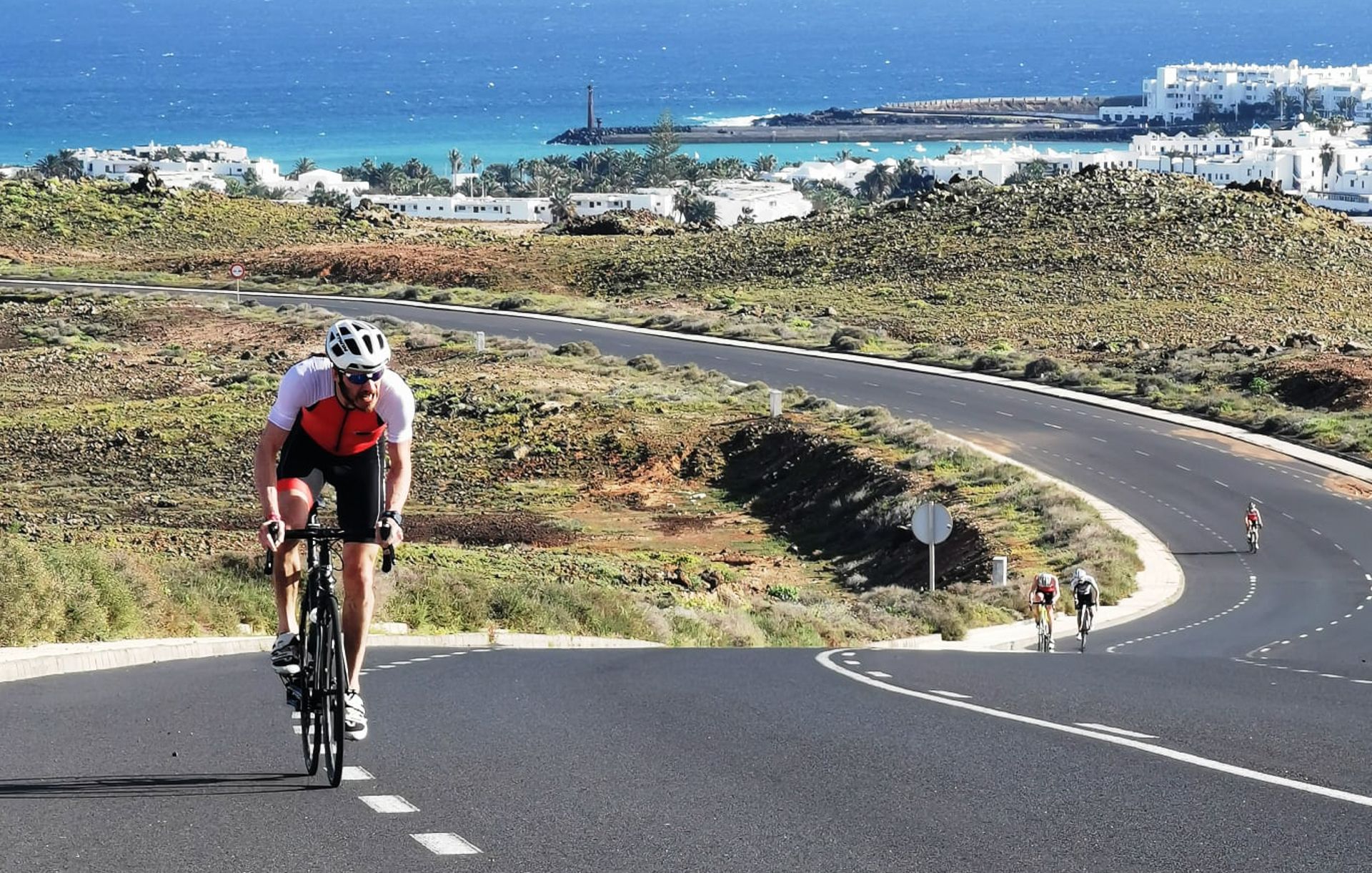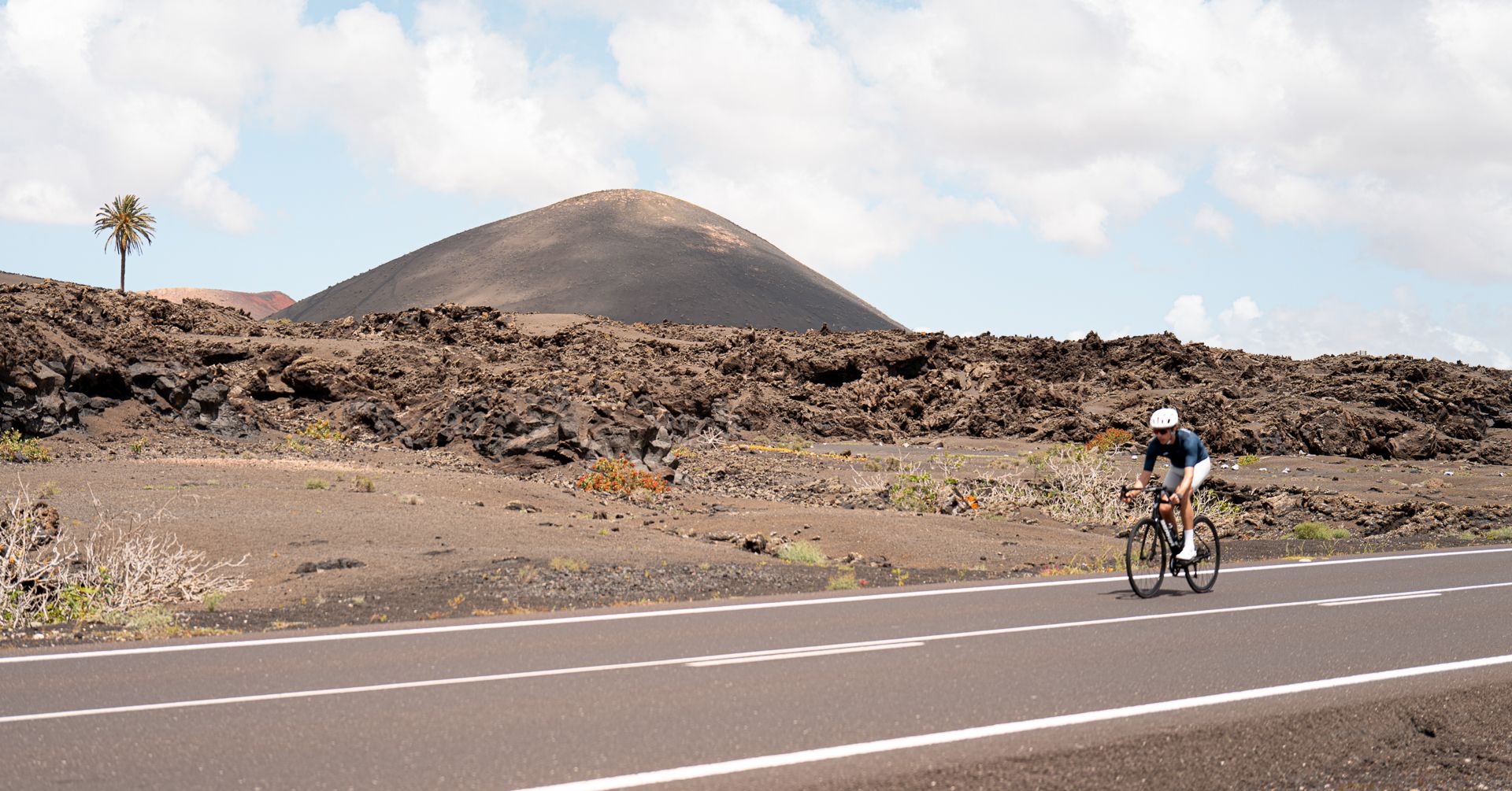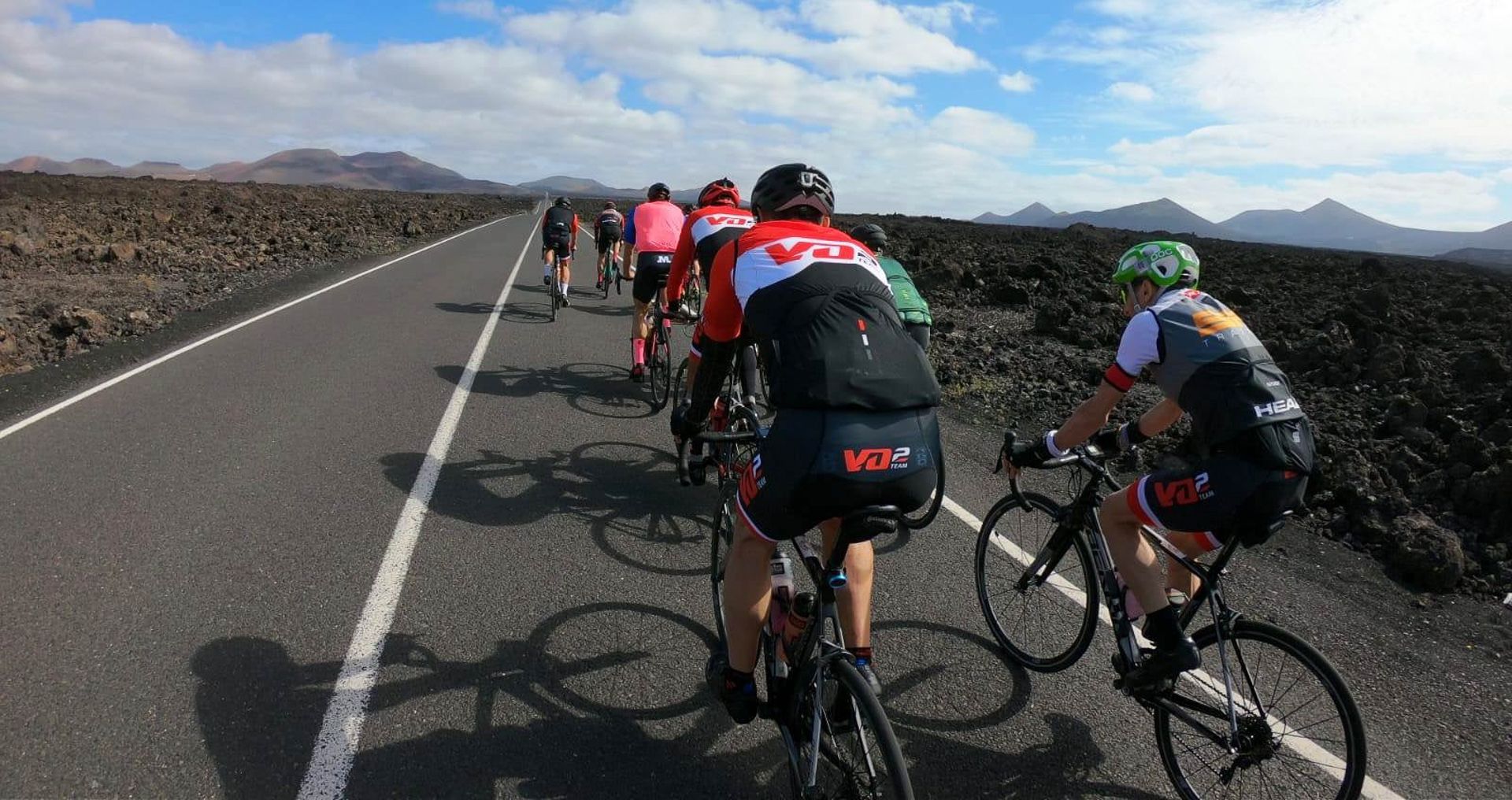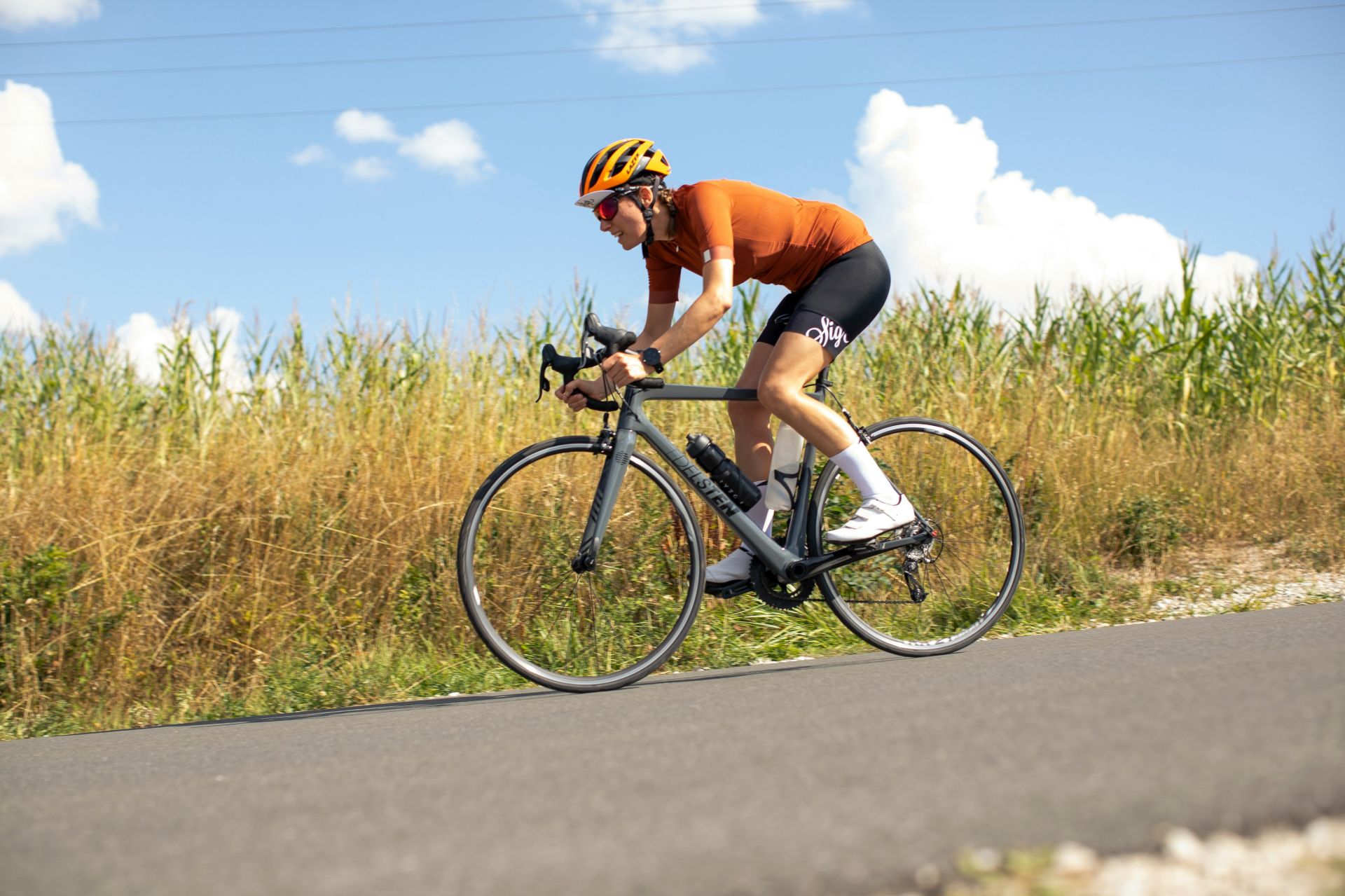
As a cyclist, you know that proper recovery is just as important as hard training. But the thought of taking a rest day makes you antsy to hop back in the saddle, and you can never seem to find the time for a massage or extra sleep. Don't worry - with a few simple hacks, you can help your body recover optimally so you're ready to ride hard again. In this article, we'll cover easy ways to incorporate rest, roll out those tight muscles, and recharge your batteries. From scheduling active recovery rides to foam rolling at home, you'll find tips to help you feel refreshed and prevent fatigue, injuries, and burnout. Recovery doesn't have to be complicated or time-consuming. Follow these hacks and you'll be spinning pain-free in no time.
Recovery Time is Key
You've been putting in the hard yards, clocking up the miles week after week. But are you giving your body enough time to recover? Taking a rest day is just as crucial as your training sessions.
Rest allows your muscles to repair and rebuild after the micro-tears caused by intense cycling. Without it, you're at risk of overtraining, injury, and a plateau in performance.
Listen to Your Body
How do you know when you need a rest day? Your body will tell you. Look out for signs like unusual fatigue, muscle soreness that doesn't subside, lack of motivation, disrupted sleep, or a feeling of general malaise.
If you notice any of these, it's time to take a break. Pushing through will only set you back further.
The Magic Number
So how many rest days should you take? Most experts recommend one full rest day per week, at minimum. For those training at a very high intensity, two non-consecutive rest days may be better.
The key is listening to your body and being flexible based on your goals, training load, and how you're feeling.
Active Recovery
Who says rest days have to be completely idle? Light activities like yoga, walking or easy spinning can actually aid recovery by increasing blood flow and flushing out lactic acid.
Just avoid anything too strenuous that could tax your muscles further. The focus should be on active recovery, not adding more strain.
So embrace those rest days, cyclists. Your mind and body will thank you for it later with better performance on the bike.
You've been pushing hard on the bike lately, racking up serious mileage. But recovery is just as crucial as those grueling training rides. Active recovery helps flush out metabolic waste while delivering fresh nutrients to overworked muscles.
Light Spinning
Easy spinning keeps your legs loose without overtaxing your body. Hop on a stationary bike or go for a leisurely cruise around the neighborhood. The goal? Just keep those pedals turning over smoothly at an easy cadence.
Dynamic Stretches
Forget holding static stretches for extended periods. Dynamic stretches take your muscles through a full range of motion to increase flexibility and reduce stiffness. Try exercises like leg swings, walking lunges, or bodyweight squats.
Low-Impact Cross-Training
Swimming, yoga, and light strength training are perfect for active recovery days. They'll get your blood pumping without hammering your cycling muscles. Bonus points for focusing on core work to support your power on the bike.
Foam Rolling
This self-massage technique is a cyclist's best friend for breaking up stubborn knots. Invest in a high-density foam roller and pay extra attention to tight spots like your quads, IT bands, and calves. Gentle is the name of the game here.
The key is mixing up your active recovery with different low-intensity workouts. Listening to your body and allowing adequate rest is just as vital as those high-intensity training sessions. Stay consistent with your recovery routine and you'll be recharged to crush your next big ride.
The Importance of Sleep
You can't underestimate the power of quality sleep for recovery. It's during those restful hours that your body repairs muscle fibres, replaces energy stores, and re-energises for the next big ride. Aim for 7-9 hours per night to allow your body to complete all those rejuvenating processes.
Create a Sleep Sanctuary
Help yourself drift off by creating the ideal sleep environment. Keep your room cool, dark and quiet - blackout curtains and earplugs can work wonders. Establish a relaxing pre-bed routine too, like light stretching or reading. The less stimulation before bed, the better your sleep quality.
Power Down Before Bedtime
The blue light from electronics suppresses melatonin, that sleepy hormone we all need. Switch off screens at least an hour before hitting the hay. Replace scrolling with a hot bath or herbal tea to cue your body that it's rest time.
Respect the Rest Day
Don't neglect active recovery. Taking a full rest day allows your muscles to rebuild stronger while your mind recharges too. Listen to your body - if you're feeling fatigued, another rest day could be just what you need. Better to recover fully than push through and risk injury or burnout.
With high-quality sleep prioritised alongside periodic complete rest days, you're giving your body every chance to rebuild after tough training. Wake up feeling recharged and ready to smash your next cycling session.
So there you have it, some simple but effective recovery hacks to help you rest, roll and recharge after long rides. Implementing a proper recovery routine with enough rest days, some foam rolling and stretching, and prioritising sleep will make all the difference in bouncing back stronger for your next session. Don't forget, recovery is just as crucial as your training, so take the time to look after your body. Stay consistent with these tips, and you'll be feeling fresher and less fatigued as you continue to progress. Now get out there, smash your next big ride, and be sure to schedule in some much-needed recovery time straight after!
The Importance of Rest Days for Cyclists
Recovery Time is Key
You've been putting in the hard yards, clocking up the miles week after week. But are you giving your body enough time to recover? Taking a rest day is just as crucial as your training sessions.
Rest allows your muscles to repair and rebuild after the micro-tears caused by intense cycling. Without it, you're at risk of overtraining, injury, and a plateau in performance.
Listen to Your Body
How do you know when you need a rest day? Your body will tell you. Look out for signs like unusual fatigue, muscle soreness that doesn't subside, lack of motivation, disrupted sleep, or a feeling of general malaise.
If you notice any of these, it's time to take a break. Pushing through will only set you back further.
The Magic Number
So how many rest days should you take? Most experts recommend one full rest day per week, at minimum. For those training at a very high intensity, two non-consecutive rest days may be better.
The key is listening to your body and being flexible based on your goals, training load, and how you're feeling.
Active Recovery
Who says rest days have to be completely idle? Light activities like yoga, walking or easy spinning can actually aid recovery by increasing blood flow and flushing out lactic acid.
Just avoid anything too strenuous that could tax your muscles further. The focus should be on active recovery, not adding more strain.
So embrace those rest days, cyclists. Your mind and body will thank you for it later with better performance on the bike.
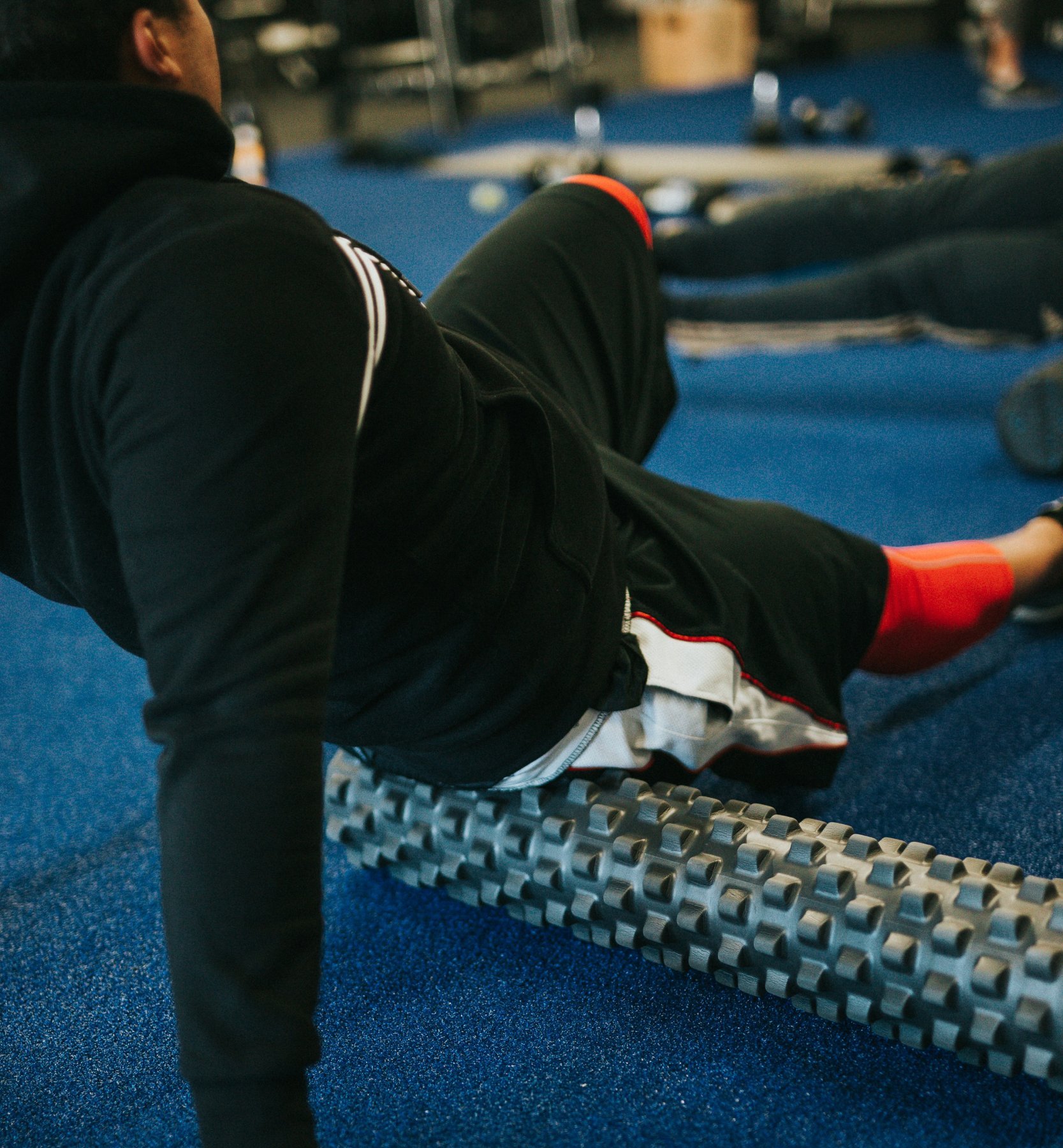
Effective Active Recovery Strategies
You've been pushing hard on the bike lately, racking up serious mileage. But recovery is just as crucial as those grueling training rides. Active recovery helps flush out metabolic waste while delivering fresh nutrients to overworked muscles.
Light Spinning
Easy spinning keeps your legs loose without overtaxing your body. Hop on a stationary bike or go for a leisurely cruise around the neighborhood. The goal? Just keep those pedals turning over smoothly at an easy cadence.
Dynamic Stretches
Forget holding static stretches for extended periods. Dynamic stretches take your muscles through a full range of motion to increase flexibility and reduce stiffness. Try exercises like leg swings, walking lunges, or bodyweight squats.
Low-Impact Cross-Training
Swimming, yoga, and light strength training are perfect for active recovery days. They'll get your blood pumping without hammering your cycling muscles. Bonus points for focusing on core work to support your power on the bike.
Foam Rolling
This self-massage technique is a cyclist's best friend for breaking up stubborn knots. Invest in a high-density foam roller and pay extra attention to tight spots like your quads, IT bands, and calves. Gentle is the name of the game here.
The key is mixing up your active recovery with different low-intensity workouts. Listening to your body and allowing adequate rest is just as vital as those high-intensity training sessions. Stay consistent with your recovery routine and you'll be recharged to crush your next big ride.
Optimising Sleep and Rest for Faster Recovery
The Importance of Sleep
You can't underestimate the power of quality sleep for recovery. It's during those restful hours that your body repairs muscle fibres, replaces energy stores, and re-energises for the next big ride. Aim for 7-9 hours per night to allow your body to complete all those rejuvenating processes.
Create a Sleep Sanctuary
Help yourself drift off by creating the ideal sleep environment. Keep your room cool, dark and quiet - blackout curtains and earplugs can work wonders. Establish a relaxing pre-bed routine too, like light stretching or reading. The less stimulation before bed, the better your sleep quality.
Power Down Before Bedtime
The blue light from electronics suppresses melatonin, that sleepy hormone we all need. Switch off screens at least an hour before hitting the hay. Replace scrolling with a hot bath or herbal tea to cue your body that it's rest time.
Respect the Rest Day
Don't neglect active recovery. Taking a full rest day allows your muscles to rebuild stronger while your mind recharges too. Listen to your body - if you're feeling fatigued, another rest day could be just what you need. Better to recover fully than push through and risk injury or burnout.
With high-quality sleep prioritised alongside periodic complete rest days, you're giving your body every chance to rebuild after tough training. Wake up feeling recharged and ready to smash your next cycling session.
Conclusion
So there you have it, some simple but effective recovery hacks to help you rest, roll and recharge after long rides. Implementing a proper recovery routine with enough rest days, some foam rolling and stretching, and prioritising sleep will make all the difference in bouncing back stronger for your next session. Don't forget, recovery is just as crucial as your training, so take the time to look after your body. Stay consistent with these tips, and you'll be feeling fresher and less fatigued as you continue to progress. Now get out there, smash your next big ride, and be sure to schedule in some much-needed recovery time straight after!

 Renting a High-End Road Bike in Lanzarote: What to Expect
Renting a High-End Road Bike in Lanzarote: What to Expect

